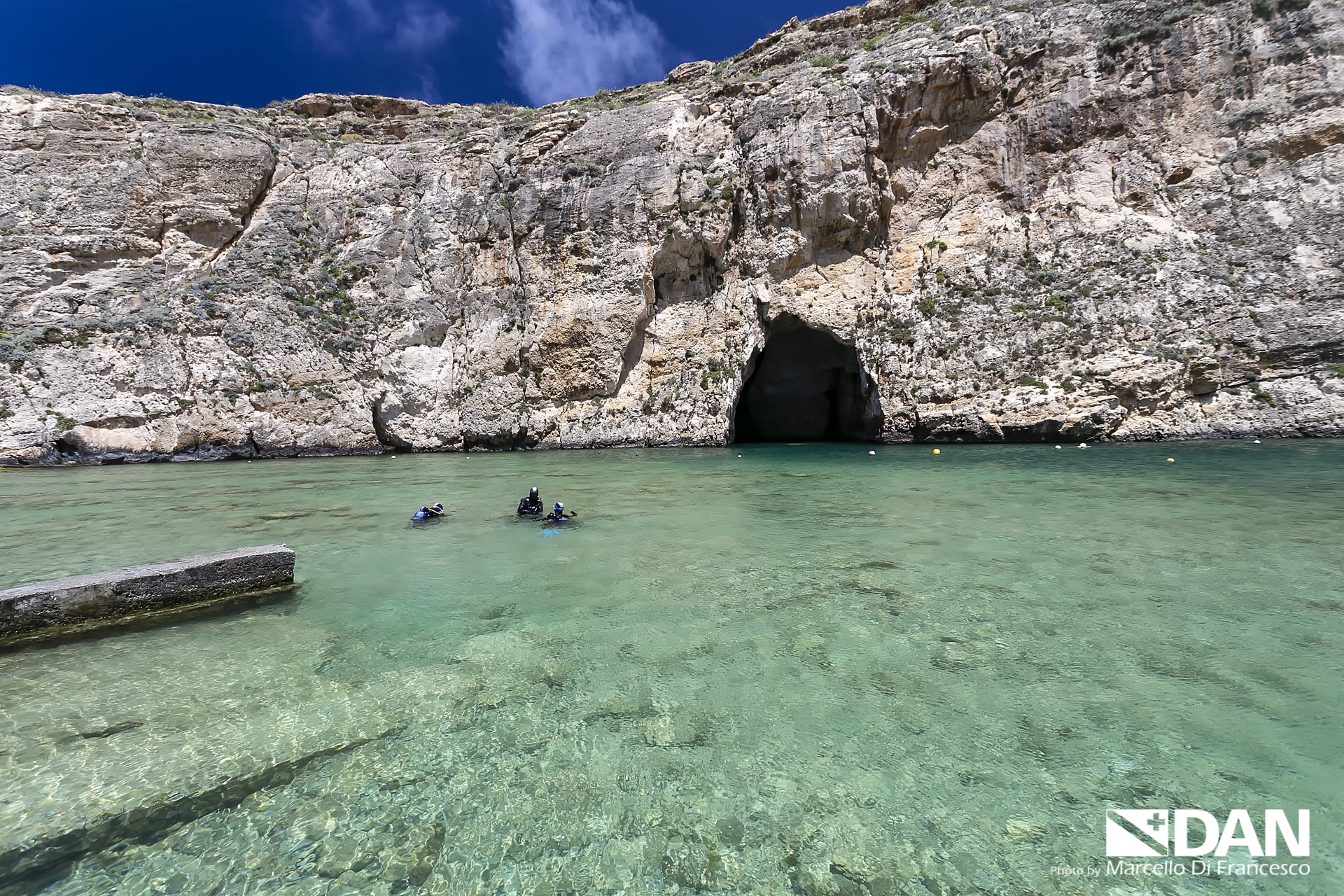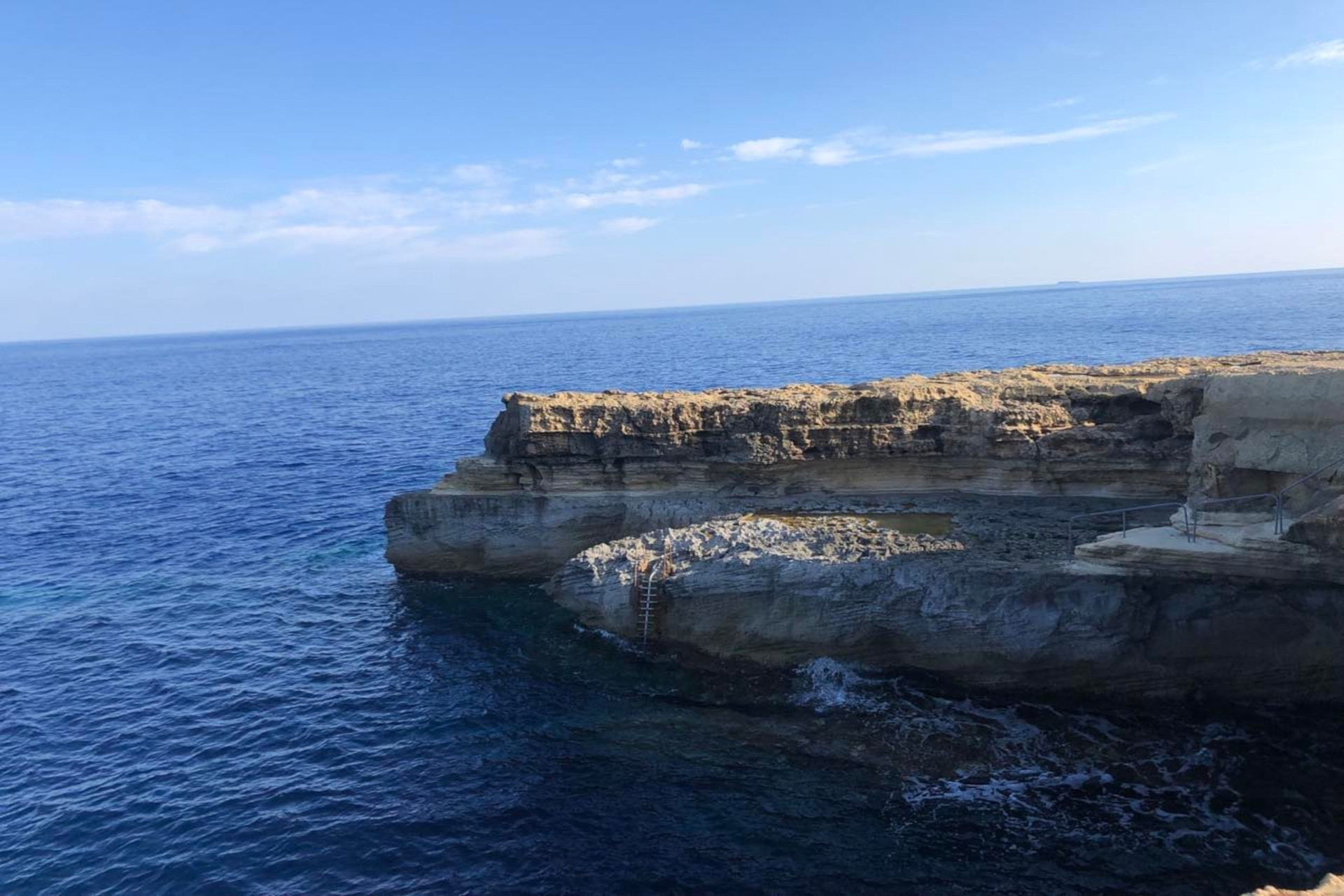Malta
Gozo
Gozo is the second largest island in the Maltese archipelago, which also includes Comino. It can be reached from Malta with a 25-minute ferry trip. Compared to Malta, Gozo is more rural and is famous for its beautiful and picturesque landscapes, formed primarily of limestone deposits and characterized by hills, farms and open fields, with baroque churches towering from the small villages. The coastline features numerous bays and inlets, both sandy and rocky.
Gozo may have been the first of the Maltese islands to be discovered. It has a history dating back 7000 years and it has been inhabited since the Bronze Age. Gozo is also said to have been the home of the mythological Calypso from Homer’s Odyssey.
The island’s history is rich in Sicilian, Phoenician, Roman, Arab, French and British influences. Many signs of these influences can be found in Gozo, as, for example, the remains of a Punic rock sanctuary outside Santa Lucija, or the evidence of the Alabaster Arabs settling in the names of places and surnames of Gozo’s population, or the rest of a Punic-Roman Acropolis on which the Cittadella in the capital Victoria (or Rabat) was built.
The first settlers crossed on a boat from Sicily and likely lived in caves on the northwest coast of the island, where there is a large cave separated in two by a natural column and a wall made by man. An important historical period for the cultural evolution of prehistoric man on the island was the Temple Period between 4100 and 2500 BC. The greatest achievement of this era is the construction of the megalithic temple complex of Ġgantija between 3600 and 3200 BC. These temples are considered the oldest free-standing structures in the world today, older than the most famous Stonehenge, and were listed as a UNESCO World Heritage site in 1980. An ancient legend says that the temples were the work of a giantess called Sansuna.
Malta and Gozo became a British colony in the early 19th century, then a sovereign independent state within the Commonwealth on 21st September 1964, and on 13th December 1974 they were officially a Republic. Gozo has had semi-autonomous governments throughout its history, but the island is now governed in the same manner as all Maltese islands.
Gozo’s inhabitants, the Gozitans, still live a traditional and quiet life rich in folkloric celebrations throughout the year, the most famous of which is the Nadur carnival.
Nowadays Gozo has become renowned in the international scuba diving community for being one the best dive spots in Europe, with its rocky dive sites, all reachable by land.







